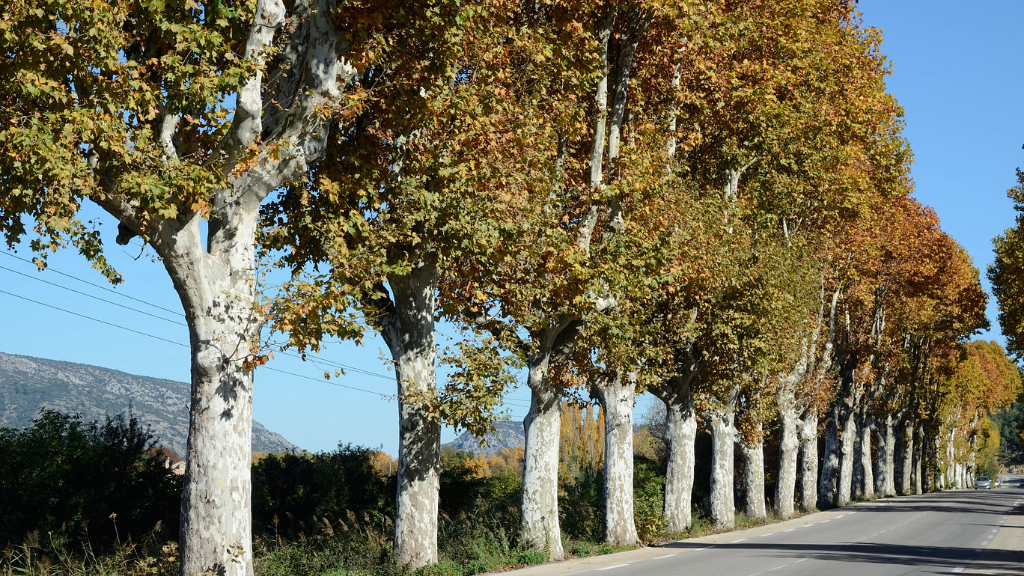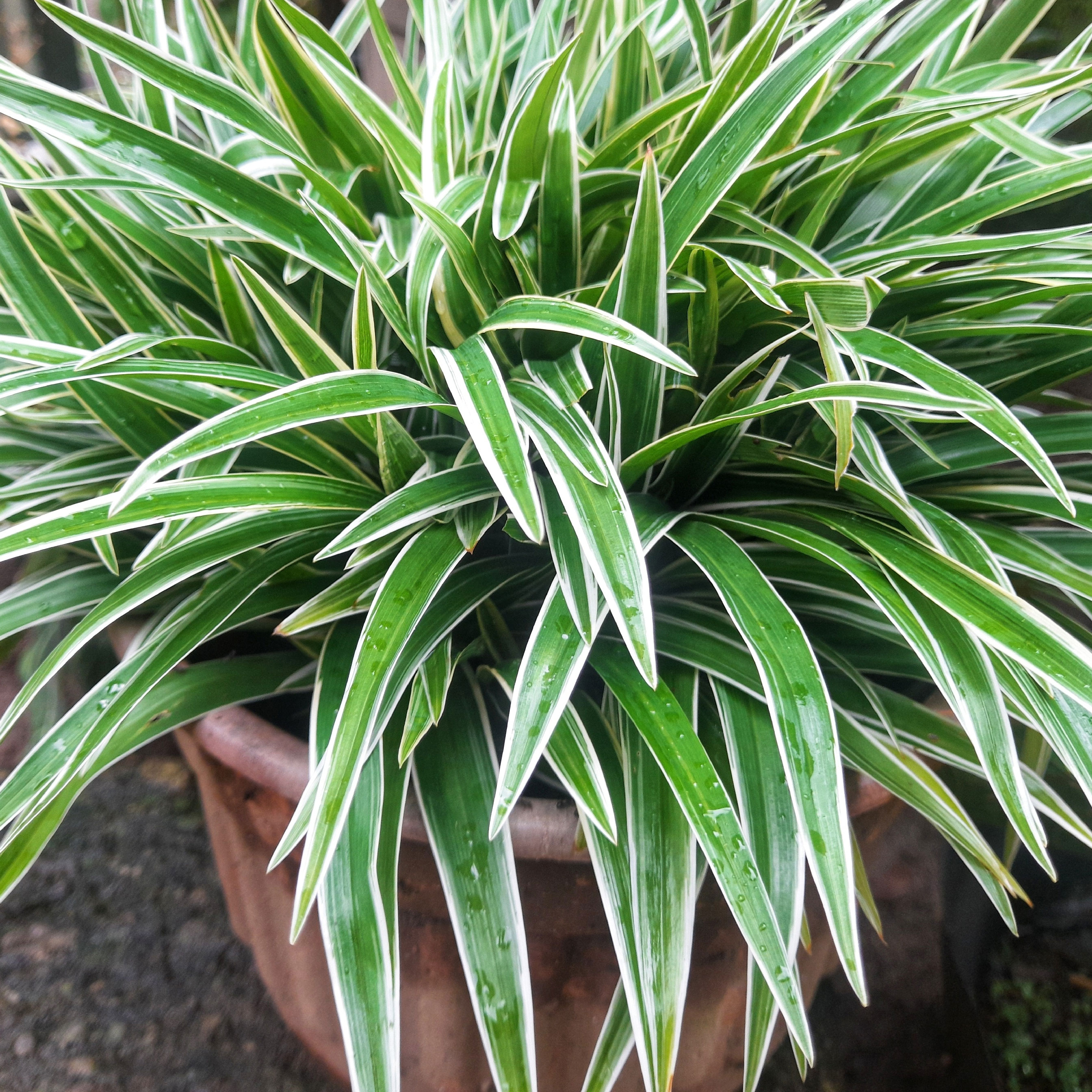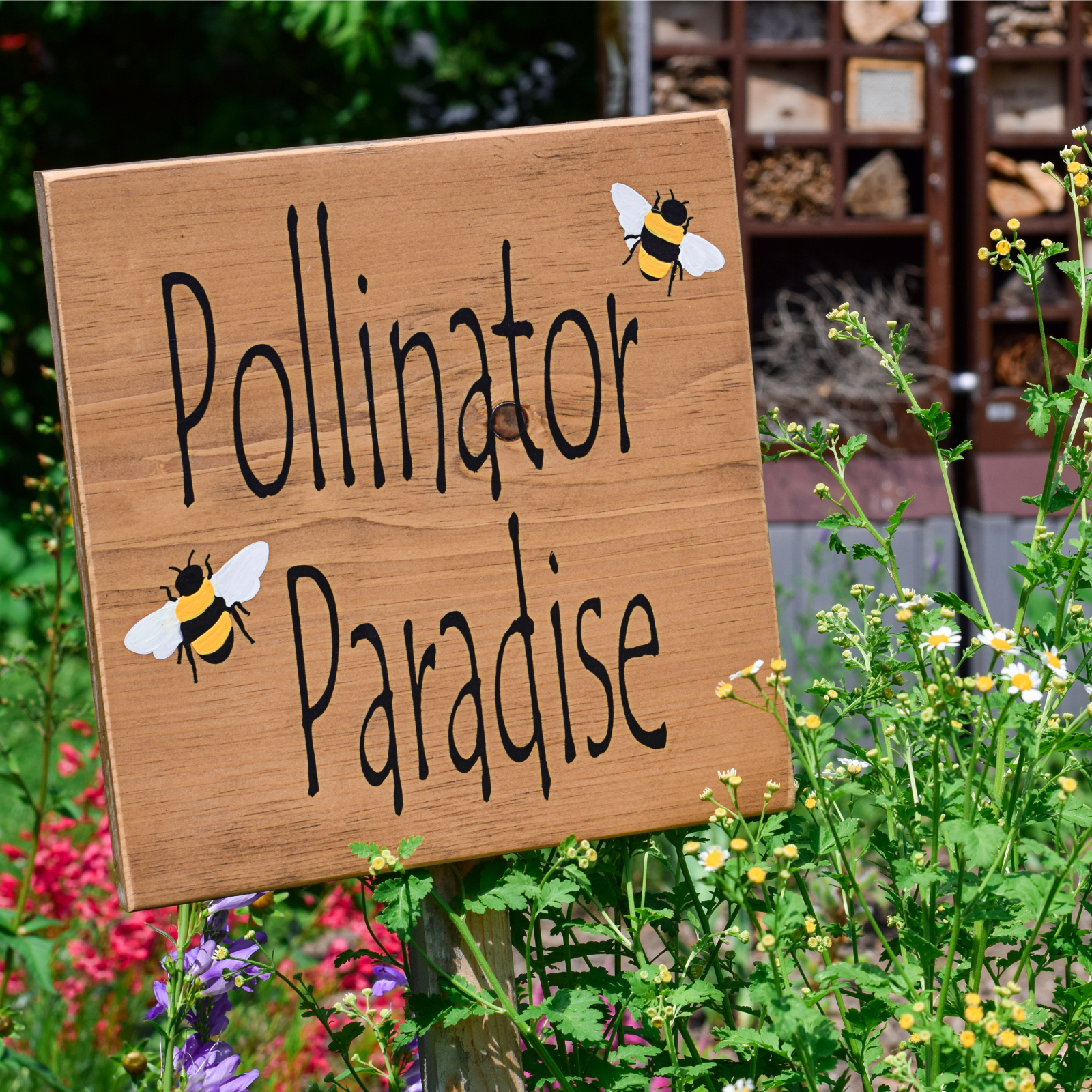My Tree Journey: The Resilience of Nature and Beauty of Plane Trees


I learned quite a bit later that, in English, they were called plane trees. In America they would probably be known as sycamores. But I first knew them as "platanes." In the little French town where I lived, there was an entire road lined on both sides by them, and it was called the Route des Platanes. It was only wide enough to allow one car to pass at a time, so anyone driving it had to wait until the Route des Platanes cleared before entering.
Landscaping with Plane Trees
Platanes are beautiful deciduous trees with tall, straight trunks and enormous maple-like leaves. The silvery bark flakes off in patches, revealing the green or ivory inner bark in a camouflage pattern. Fruits are eye-catching too -- rounded, spiky balls that hang in clusters from stalks.
The Route des Platanes was gorgeous in summer, when the trees were in full leaf. You had a lot of time to admire the trees as you sat there and waited for the road to clear. It was inconvenient, but to me, an American ex-pat, the fact that the convenience yielded to the beauty of nature was quintessentially European.
I loved those trees, and I was devastated to drive into town one day and find them being cut down. Convenience had won out and the road was to be widened to allow two cars to pass.
I found myself in tears. I felt empty, as if my dream of renewing my life in the romance of European traditions was felled along with the trees. Nature had been betrayed and vanquished simply to allow more cars to pass. I picked up a branch of a cut platane and sadly carried it home with me as a memorial of their beauty.
Growing A Plane Tree
My nearest neighbor was an elderly Basque man who loved to hike the mountain. He knew many things and was somewhat irascible. When he passed my house the next day, he saw the tree branch and asked about it. I told him that I was going to keep it to remember the day the Route des Platanes was destroyed to make room for more cars. He rolled his eyes, muttered a few choice swear words in Basque, and then grabbed the branch. I thought he was going to break it into pieces, but, instead, he plunged the broken stem end into the soil in my yard.
"Leave it there," he told me sternly in French.
Gardening tips, videos, info and more delivered right to your inbox!
Sign up for the Gardening Know How newsletter today and receive a free copy of our e-book "How to Grow Delicious Tomatoes".
"Why?" I asked, frowning.
"You need to learn something about patience," he said. "Something about nature too." And he stomped out of my gate and continued up the mountain.
Lessons from a Plane Tree
I thought it looked sad there, one branch, three feet high, just stuck like a flagpole into dirt. But I left it there -- trying to learn patience I guess -- and the leaves dropped and the dead branch stood there all winter. One spring morning I came out of the cottage and couldn't believe my eyes: new leaves! The platane had resprouted itself from just a branch stuck into dirt. I never again doubted the power of nature.
Today the tree is 70 feet tall and 50 feet wide and among the most beautiful in the village. Every time I look at it, I remember the lessons I learned from that platane.
Not all of us have grumpy but helpful neighbors, or rows of towering French platanes to draw from. If you want to try your hand at growing your own plane tree, check out FastGrowingTrees.com, the leading online retailer of high-quality trees, shrubs, and perennials.

Teo Spengler is a master gardener and a docent at the San Francisco Botanical Garden, where she hosts public tours. She has studied horticulture and written about nature, trees, plants, and gardening for more than two decades. Her extended family includes some 30 houseplants and hundreds of outdoor plants, including 250 trees, which are her main passion. Spengler currently splits her life between San Francisco and the French Basque Country, though she was raised in Alaska, giving her experience of gardening in a range of climates.
-
 Want To Know How To Make A Spider Plant Bushier? 4 Secrets For Lush & Bushy Spiders
Want To Know How To Make A Spider Plant Bushier? 4 Secrets For Lush & Bushy SpidersAre you looking for ways to make your spider plant look bigger or more dramatic? Follow these quick and easy tips on how to make a spider plant bushier
By Teo Spengler
-
 What Is A Pollinator Garden? Grow Gorgeous Blooms While Benefiting Your Local Ecosystem
What Is A Pollinator Garden? Grow Gorgeous Blooms While Benefiting Your Local EcosystemPollinator gardens look great and also provide a diverse ecosystem that benefits your local pollinating insects and animals. Get started today with this guide!
By Bonnie L. Grant